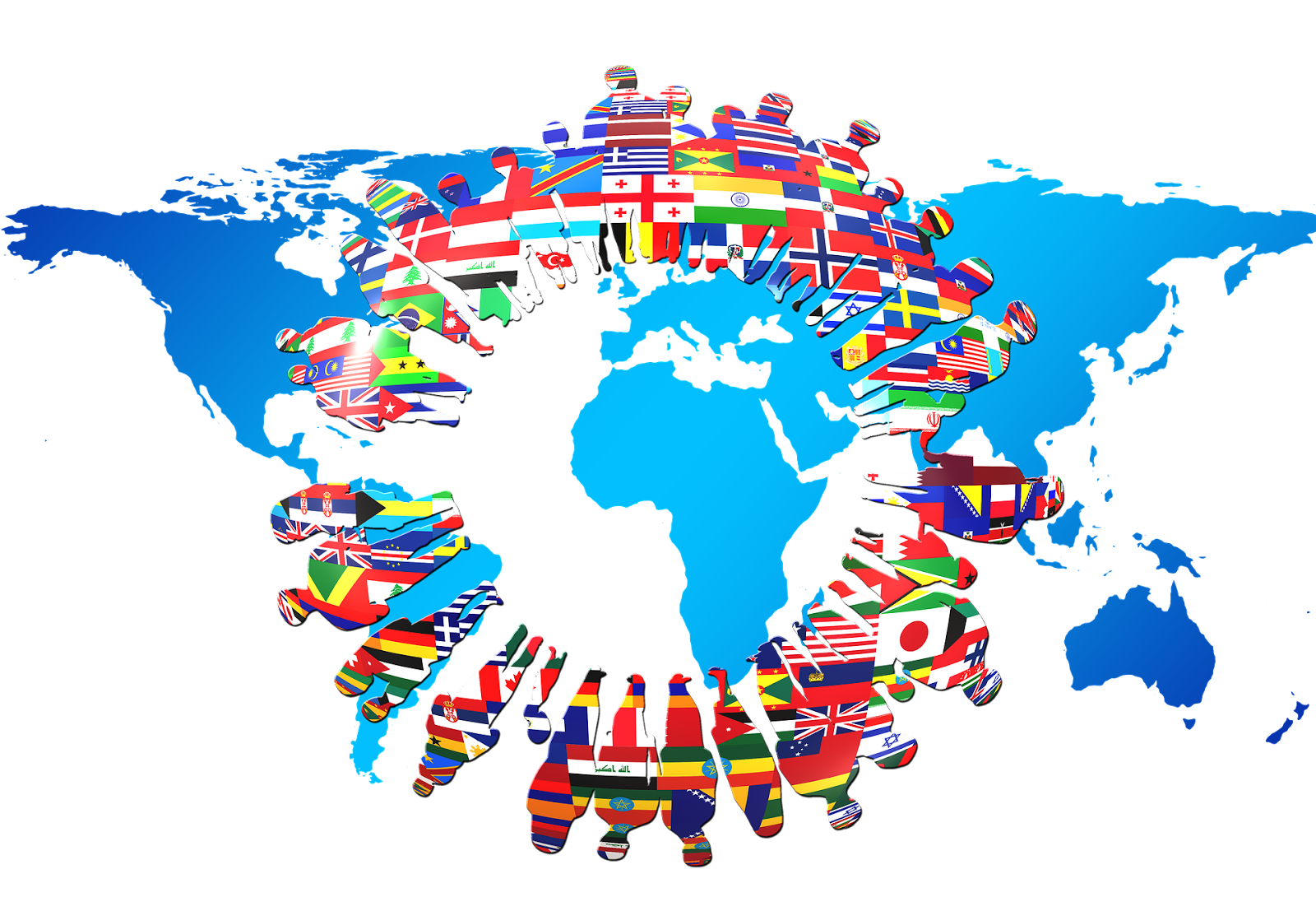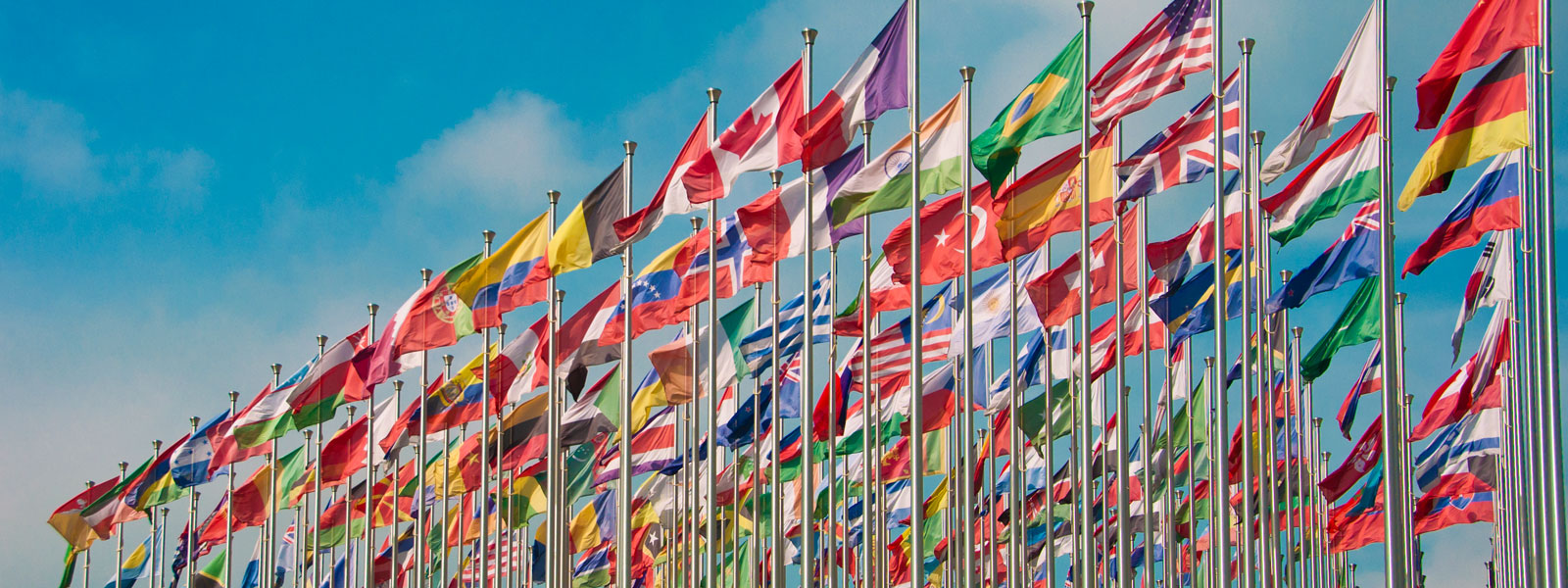Trump’s Vision for America: Problems, Vision, Goals, Objectives, Strategies, Obstacles, and Solutions
This post summarises:
1. President Trump's view of the problems in the American and global economy today
2. his vision for America
3. Goals / objectives
4. strategies for making America great again
5. obstacles to execution, ideas for overcoming them for a successful implementation.
1. Problems in the American / Global Economy (Trump's Perspective)
President Trump identifies several critical structural issues:
-
Persistent trade deficits: America imports far more than it exports, increasing national debt and economic dependence (Accounting for America's Twin Deficits)
-
Hyper-financialisation: Asset inflation disconnected from real economic growth, deepening inequality and destabilising markets (Hyper-Financialisation of the American Economy)
-
Unsustainable fiscal deficits and soaring debt: Excessive government borrowing and debt monetisation, risking economic instability, loss of currency confidence and sudden economic collapse (How to Avoid Recession and Catastrophe)
-
Dollar hegemony issues: Global dependence on the dollar causing international economic vulnerabilities and financial imbalances (Dollar Milkshake Theory, Parts I-III).
2. Trump’s Vision
Trump’s overarching vision for America ("Make America Great Again") is of an Americawith past strengths of economic resilience and strategic international engagement restored, a society unified and animated around traditional American values including nationalism. So if successful, America would look like this:
-
Economic strength and independence: A thriving domestic manufacturing sector, rising wages, and energy independence
-
National sovereignty and security: Secure borders, a robust but strategically restrained military, reduced dependence on costly foreign entanglements, geographic enlargement to take in more land, resources and markets
-
Cultural and social cohesion: Renewed national pride, stronger community safety, and reduced political polarisation
-
Fair and balanced trade: Reciprocal international trade agreements benefiting American industries and workers first
-
Infrastructure and innovation leadership: World-class infrastructure supporting economic growth and global technological leadership.
3. Goals and objectives
Trump's goals are therefore to:
-
Eliminate trade deficits
-
Revive the standard of living of the American middle class through industrial and manufacturing renewal
-
Restore fiscal discipline and debt sustainability - the twin deficits
-
Stabilise currency values, end dollar overvaluation through its status as reserve currency
-
Realign global economic relationships to favour American interests.
(See also: Recap of Trump’s Maganomics)
4. Strategies
Trump proposes specific strategies including:
-
The Mar-a-Lago Accord: Not in rhe pipeline, but surel inevitable? For now, he will negotiate 90 trade deals in 90 days, he says, aimed at currency and trade realignment through strategic tariffs, currency interventions (possibly pressurising the Fed chairman) and leveraging diplomatic or even potentially military relationships
-
Financial repression: Slightly higher inflation than interest rates to reduce real debt burdens without dramatic austerity
-
Reindustrialisation policy: Incentivising domestic investment into factories and infrastructure instead of foreign-held financial assets
-
Energy policy reform: Achieving total energy independence through domestic production of fossil fuels, nuclear energy, and renewables.
5. Obstacles to Execution
Trump’s ambitious plans face significant resistance:
-
Institutional resistance: Bureaucratic inertia ("deep state" and more) deliberately obstructing policy implementation
-
Lobbying and corporate interests: Powerful groups invested in the status quo actively working against reform
-
Administration infighting: Conflicting agendas within his own team! causing delays and policy confusion
-
Legal and judicial hurdles: Frequent court challenges blocking or slowing strategic initiatives
-
Media and public perception: Negative media coverage and public backlash limiting political leverage.
(See also: The Current Crisis and Chaos in Trump’s Attempts to Restructure the World’s Economy)
6. Overcoming the Obstacles
To effectively execute his vision, Trump needs clear strategies to overcome these obstacles:
-
Strengthen administrative discipline: Ensuring internal unity and clear chains of command within his administration
-
Proactive strategic communication: Counter misinformation and manage public perceptions through focused, disciplined messaging
-
Legal preparedness: Anticipating judicial opposition with thoroughly crafted, legally robust policies
-
Strategic appointments: Placing loyal, effective individuals in the 6000 or so. critical bureaucratic roles according to the Purple Book, to counter internal resistance
-
Mobilising popular support: Building grassroots backing around popular policies that resonate with voters, leveraging this support against institutional resistance.
Conclusion
Trump’s economic vision aims to tackle fundamental economic issues through radical structural change of the global economy. Although ambitious and necessary, realising this vision requires confronting deep-rooted institutional, political, and social barriers head-on. There are enormous practical difficulties timing issues to a radical adaptation of supply chains to home-based production.
His success depends on the execution premium, not just on clarity of vision, needing a highly disciplined, strategic organisation of his resources to overcome powerful opposing forces.
He has two years to execute a two-term strategy.














